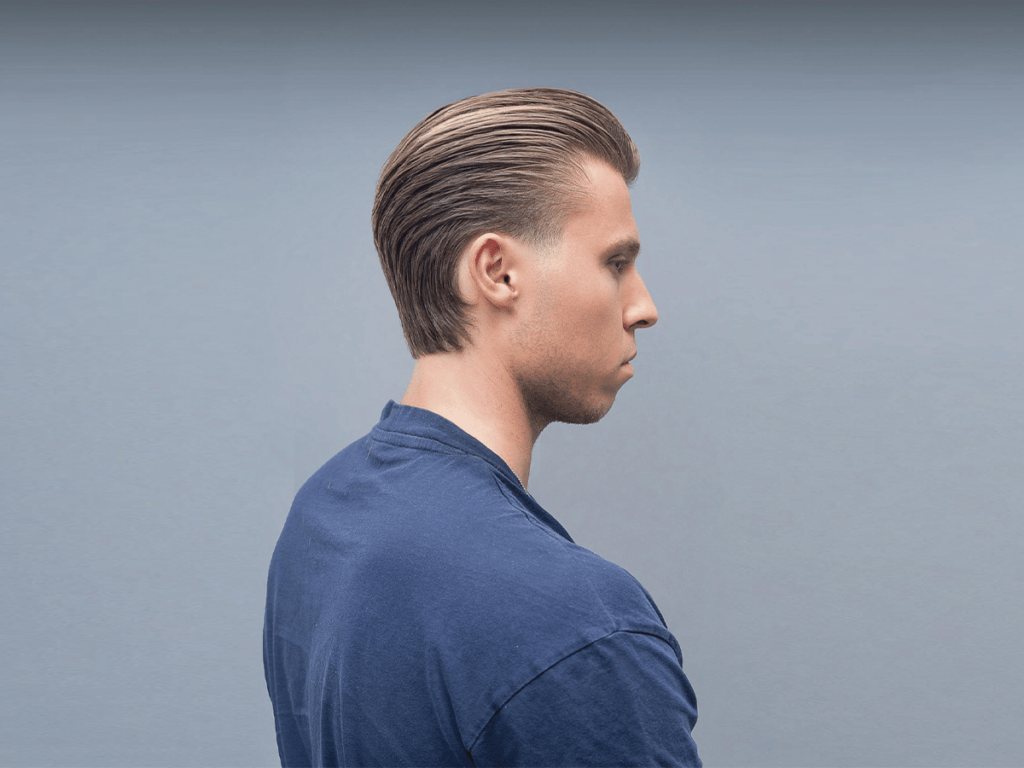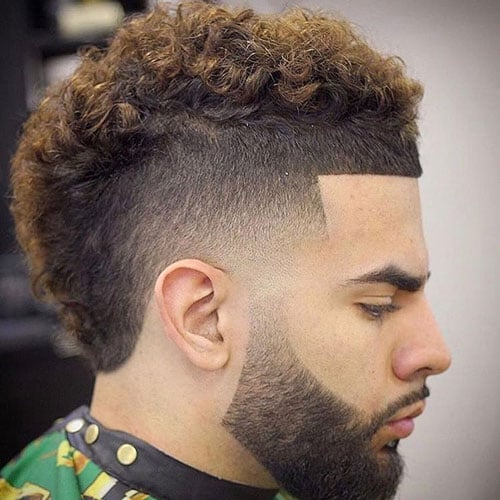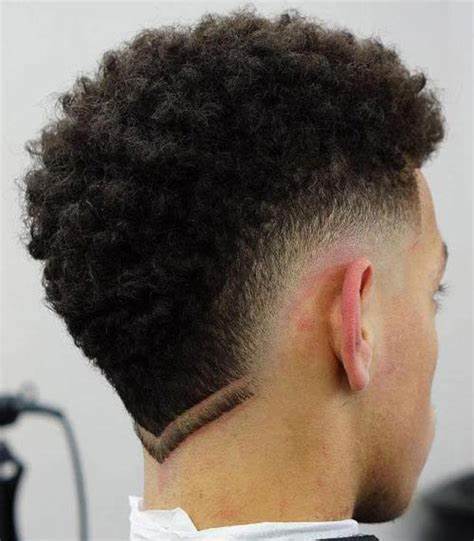In the world of modern men’s haircuts, fades are more than just a trend — they’re a style language. And among the most talked-about are the South of France vs Burst Fade. While they may look similar at first glance, there are key differences in style, structure, and vibe.
Whether you’re a client trying to decide on your next cut or a barber brushing up on technique, this guide compares Burst Fade vs South of France head-to-head. Let’s break down the differences so you know exactly what to ask for — or deliver — next time you hit the barber chair.
Contents
What Is a Burst Fade?
The burst fade is a type of taper fade that arches around the ear, creating a semi-circle or “burst” effect that drops behind the ear while leaving length at the nape.


Key Characteristics:
- Circular fade pattern behind and around the ear
- Usually blends into the neckline (not completely shaved)
- Can be low, mid, or high fade
- Often paired with mohawks, faux hawks, or curly tops
- Focuses on sharp contrast between sides and top
Think of it as a fade that “bursts” out from behind the ears.
What Is the South of France Fade?
The South of France fade is a burst fade with a twist — popularised by Usher and his barber, Curtis Smith. It features the same fade shape but is paired with a curly or sponge-twisted top, often styled higher, and sometimes blended into a beard.


Key Characteristics:
- Uses a burst fade on both sides
- Typically includes a curly or textured top (2–4 inches)
- Clean, tight hairline and sharp shape-up
- Can be worn with a beard fade or parting line
- A more defined, stylish version of a burst fade
You can think of the South of France fade as a specialised version of the burst fade — a complete look rather than just a fade technique.
Burst Fade vs South of France: Side-by-Side Comparison
| Feature | Burst Fade | South of France Fade |
|---|---|---|
| Fade Shape | Rounded behind the ears | Same as burst fade |
| Top Style | Can be anything: short, long, mohawk | Typically curly, sponge-twisted, or coiled |
| Hairline | Optional line-up | Usually includes a sharp line-up |
| Beard Blend | Optional | Often blended into beard |
| Styling Time | Low | Medium – needs curl care |
| Made Famous By | General barbershop trend | Usher (celebrity style) |
| Vibe | Edgy, street-style, versatile | Fashionable, urban, refined |
Visual Style Differences
Here’s how they differ at a glance:
Burst Fade:
- Perfect with mohawks or faux hawks
- Works well with straight or coarse hair
- Sharp fade contrast — great for showing off edgy styles
South of France:
- Often seen with tight curls or sponge twists
- Suits those who want more shape and dimension
- More of a “complete look” than just a fade


Who Should Get Which?
Choose a Burst Fade if:
- You want a clean fade with any style top
- You like mohawks, creative designs, or taper combinations
- You prefer a low-maintenance haircut with edge
Choose the South of France if:
- You have curly or textured hair
- You want a unique, bold look inspired by celebrity style
- You’re happy to maintain curls with sponge/twist tools
- You want your fade to blend seamlessly into a beard
How to Ask Your Barber (The Right Way)
For a Burst Fade:
“Can I get a burst fade that curves around the ears? Keep the back longer and leave the top short with a clean neckline.”
For a South of France:
“I’d like a South of France fade — a burst fade around the ears with a curly top. Please blend the fade into my beard and line up the edges.”
Bring a reference photo for either cut — this helps ensure your barber understands the specific version you want.
Pro Barber Tip: Know the Terminology
These fade terms help avoid confusion:
- Burst Fade: The shape of the fade around the ears
- Taper Fade: Low and subtle at the neckline/sides
- Drop Fade: Follows the head’s curve lower at the back
- Skin Fade: Goes all the way to the scalp
- Temple Fade: Focuses on the sideburn/temple area
Use these terms to fine-tune your request.
Product Suggestions (For Both Styles)
| Hair Type | Recommended Products |
|---|---|
| Curly (South of France) | Curl sponge, SheaMoisture Curl Smoothie, leave-in conditioner |
| Straight/Coarse (Burst Fade) | Matte styling cream, edge control, beard oil |
| Beard | Bulldog Beard Oil, SheaMoisture Beard Balm |
| Tools | Wahl trimmer, soft brush, twist sponge |
Styling & Maintenance Tips
| Task | Burst Fade | South of France |
|---|---|---|
| Barber visits | Every 2–3 weeks | Every 2–3 weeks |
| Daily styling | Minimal | Curl sponge + cream |
| Beard upkeep | Optional | Recommended |
| Fade retouch | 2 weeks | 2 weeks |
| Edge line-up | Every cut | Every cut |
Common Mistakes to Avoid
- Saying “burst fade” when you mean South of France: Be clear with your top style!
- Letting the fade grow out too long: It blurs the shape
- Skipping curl care: Frizz ruins the South of France shape
- Doing it DIY without skill: Both cuts need precision
Final Thoughts
At first glance, the burst fade and the South of France fade seem similar — but in reality, one is a fade technique, and the other is a signature haircut built on that technique.
If you’re after something sharp, trendy, and low-fuss, the burst fade gives you plenty of room to experiment. But if you’re rocking curls and want a standout celebrity-inspired cut, the South of France is your go-to.
Know your style. Know the difference. And always communicate with your barber like a pro.
